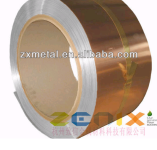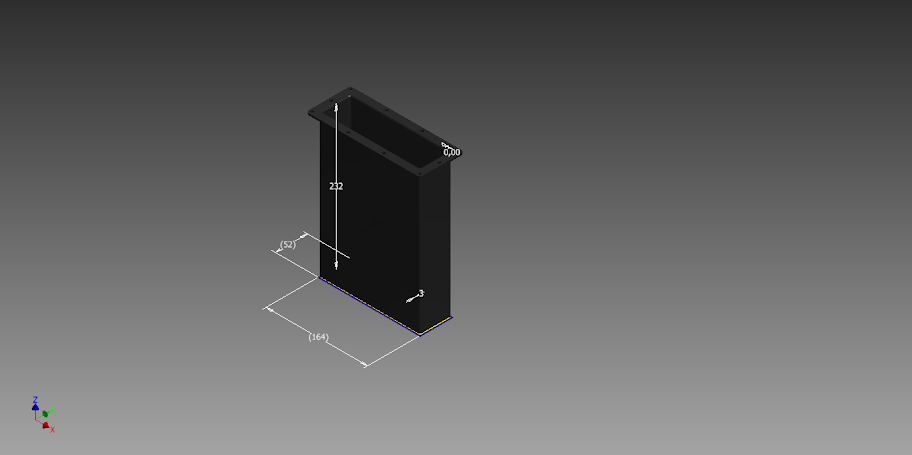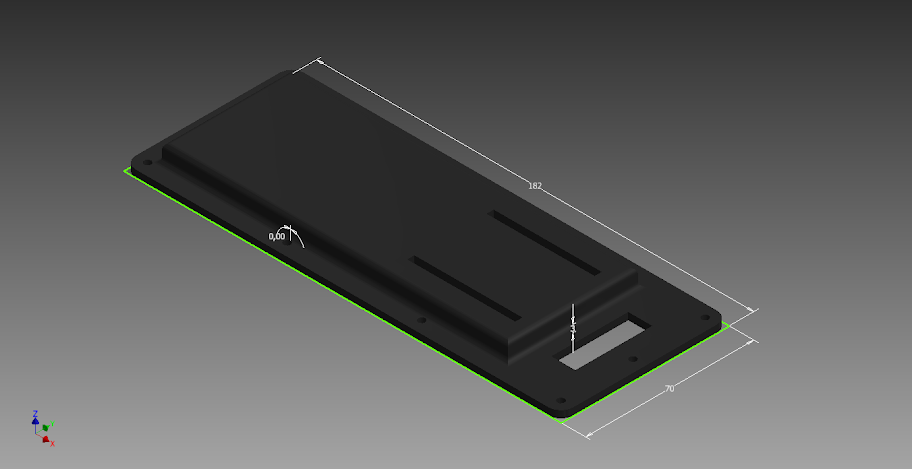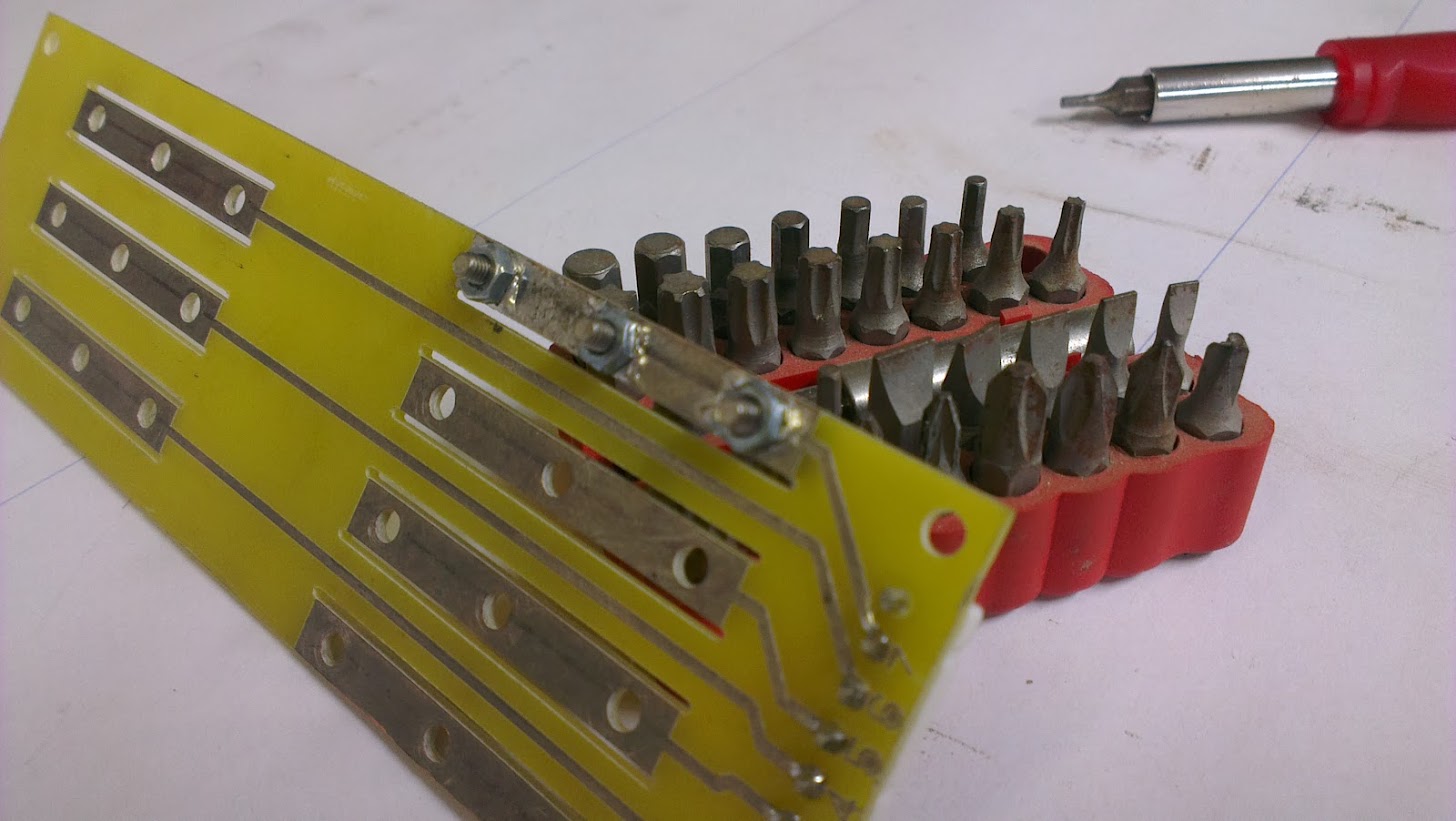bowlofsalad
100 kW
Doctorbass said:Yesterday i finished testing each single A123 cells and began to assemble the kit.
Everything worked fine and i am 100% satisfied with the kit quality.
Except that i feel a bit confused about the "L" shape main contact made of copper and that make direct electrical contact to the aluminum tab of the cell.
There is an important galvanic corrosion potential between aluminum and copper. Maybe not in the next week, but over the years it will get worst and begin to oxidyze.
I am looking for a solution about that.
Doc
I don't know if you found a solution, but you might look into a product called 'ox gard' or noalox. Good keyword: anti-oxidant compound. Whatever the surface may be, if there isn't any chance of water washing away whatever is on the surface or if the area is going to be generally waterproofed, a small amount of oil might do the trick for a long long time, just be sure to cover all of the surface. Perhaps spraying the oil would allow all surfaces to be drenched in oil.
Products like ox gard are extremely viscous, so getting it to any nooks/crannies may be hard to do.







